1945-1959. 4-th Episode
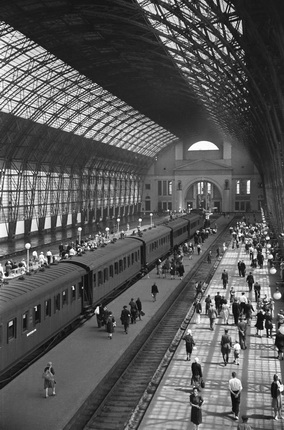
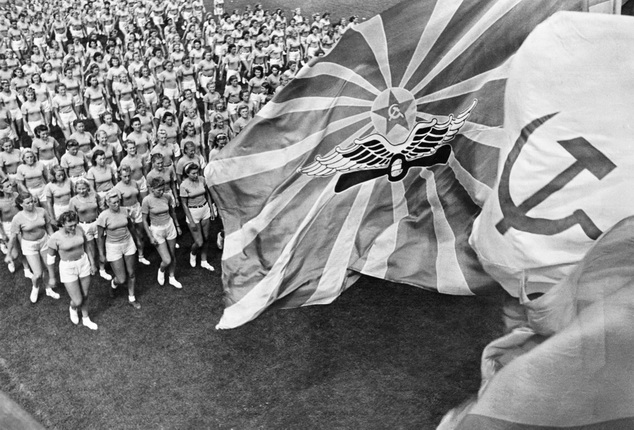
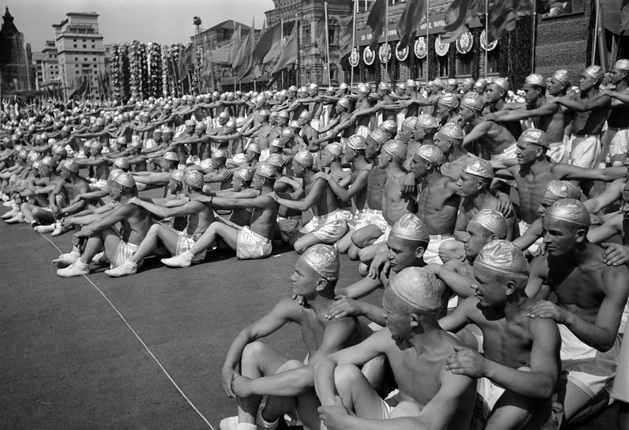
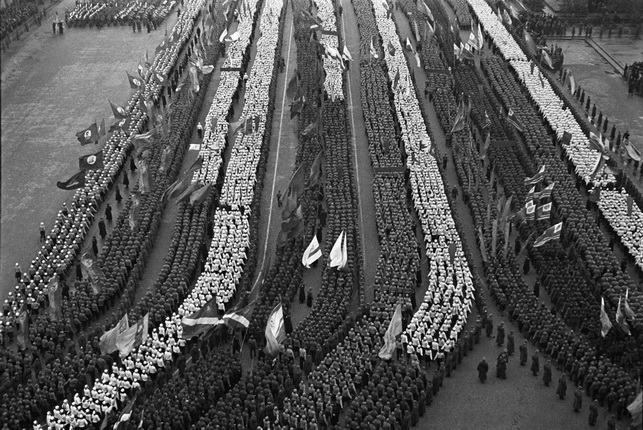
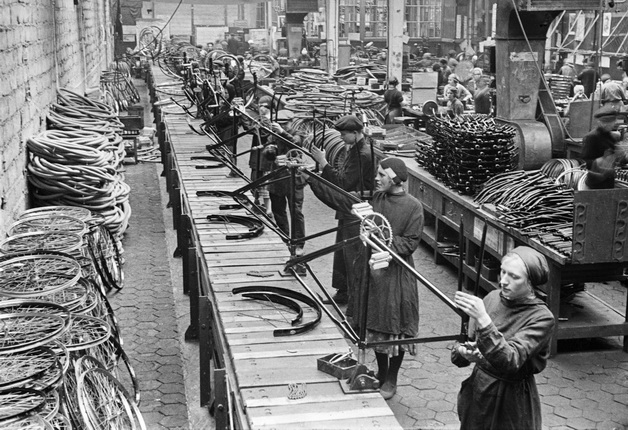
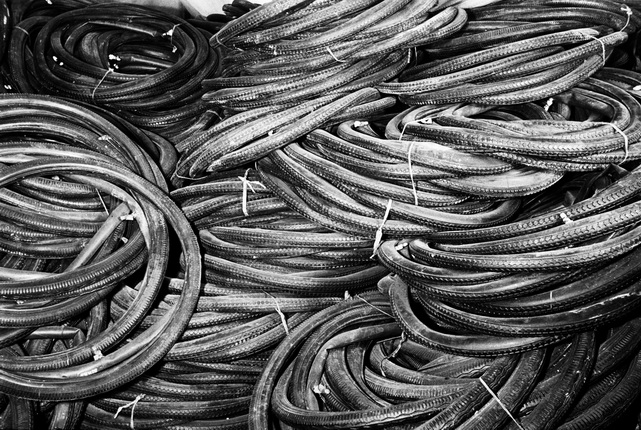
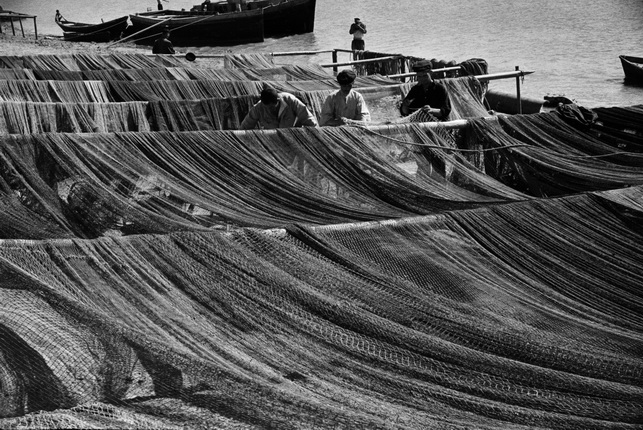



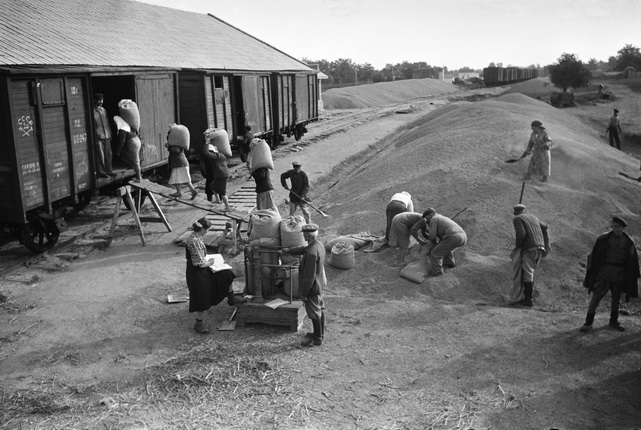
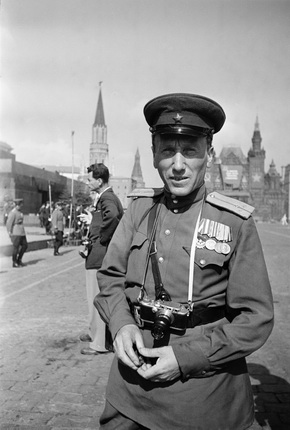
Arkadiy Shaikhet. Kievsky Station. Moscow. 1947. MAMM/MDF collection
Arkadiy Shaikhet. Physical Culture Parade. Column from the voluntary sports society. Moscow. 12 August 1945. MAMM/MDF collection
Arkadiy Shaikhet. Participants in the All-Union Physical Culture Parade on Red Square. Moscow. 12 August 1945. MAMM/MDF collection
Arkadiy Shaikhet. October Revolution anniversary celebration. Military parade and demonstration. Moscow. 7 November 1948. MAMM/MDF collection
Arkadiy Shaikhet. Bicycle factory assembly shop. Moscow. 1946. MAMM/MDF collection
Arkadiy Shaikhet. Bicycle tyres. Moscow. 1946. MAMM/MDF collection
Arkadiy Shaikhet. Caspian fish industry. Drying the nets. Kazakhstan. August 1952. MAMM/MDF collection
Arkadiy Shaikhet. Raising a gasholder. Orsk. 1947. MAMM/MDF collection
Arkadiy Shaikhet. Reactivation of the Dnieper Hydroelectric Station. Turbine room. Zaporozhye 1950 MAMM/MDF collection
Arkadiy Shaikhet. Erecting the Ministry of Foreign Affairs building on Smolensk Square. Moscow. 1950. MAMM/MDF collection
Arkadiy Shaikhet. Loading grain in wagons. Kuban. 1952. MAMM/MDF collection
Mikhail Trakhman. ‘Krasnoarmeiskaya Gazeta’ press correspondent Arkady Shaikhet while photographing the All-Union Physical Culture Parade on Red Square. Moscow. 12 August 1945. In the middle distance, photographer Max Alpert. MAMM/MDF collection
Moscow, 11.03.2016—10.04.2016
exhibition is over
Share with friends
Curator: Maria Zhotikova-Shaikhet
For the press
Arkady Shaikhet is one of the most striking representatives of an illustrious galaxy of Russian modernist photographers from the early 20th century, including Alexander Rodchenko, Boris Ignatovich, Georgy Petrusov, Mikhail Prekhner, Max Penson and others, but has always occupied a special place among them.
MAMM continues its programmes ‘Classics of Russian Photography’ and ‘The History of Russia in Photographs’, initiated by the museum in 1997, and as part of the 11th International Month of Photography in Moscow, Photobiennale 2016 presents the final part of the project devoted to the work of photographer, ‘Arkady Shaikhet. 1945-1959. 4th Episode’. The exhibition opens with emotional shots documenting the return of victorious soldiers to Belorussky Station on 21 July 1945, and ends with his last works dating from 1958 to 1959.
The first series of the project ‘Arkady Shaikhet. Beginnings. 1923-1927’ was exhibited in 2010 (Photobiennale 2010). A presentation of the second part of the retrospective covering the period from 1928 to 1931 was shown at the Photobiennale 2012. The third exhibition, ‘Arkady Shaikhet. Photographs 1932-1941’ was held to great public acclaim from September to October 2014.
Arkady Shaikhet returned to Moscow after the Second World War, which he covered from the first day until Victory Day as photo correspondent of the newspapers Frontline Illustration and Pravda.
The first postwar All-Union Physical Culture Parade (the last on Red Square) took place on 12 August 1945, with the participation of 25 thousand sports men and women from all the Union Republics; representatives of Allied countries were present on the tribunes, including General Dwight Eisenhower. The parade lasted for more than 4 hours and the best photographers of their time, Arkady Shaikhet, Max Alpert and Mikhail Trakhman, captured this grandiose display. For a brief time the poetics of the Soviet avant-garde returned to dreary everyday postwar Socialist photorealism: the use of expressive perspectives, huge planes, the influence of montage cinematographers and unusual camera vantage points.
Until 1951 Shaikhet worked as correspondent on the newspaper Krasnoarmeiskaya Gazeta and magazine Soviet Warrior, on editorial commissions to record the rebuilding of the national economy, and also covered the placement of Soviet troops in Germany. After demobilisation he hoped to return to the editorial office of the leading illustrated magazine, Ogonyok, where he had worked from 1925, but was prevented by a wide-ranging anti-Semitic propaganda campaign.
Prior to 1959 Arkady Shaikhet collaborated with various newspapers and magazines (Soviet Union, Family and School), and with the publishing houses Muzgiz and Izogiz, as well as providing book illustrations (in particular his photographs were used in Pavel Yakobson’s book ‘The Psychology of Feelings’).
In 1957 Shaikhet returned to the forgotten genre of the photo series (an example of this genre is the celebrated ‘24 Hours from the Life of a Moscow Working Family’, produced in 1931 on a commission from the Society of Friends of the USSR by a team of photojournalists comprised of Arkady Shaikhet, Max Alpert and Solomon Tules, with editor Leonid Mezhericher). Shaikhet created ‘One Day in the Life of the Head of a Moscow Railway Junction’.
Arkady Shaikhet had laid the foundations of Soviet visual culture and literally worked to the last day of his life, showing exemplary dedication to his art: on 18 November 1959 he died after his fourth stroke near the Pioneer store on Gorky Street, during a photo shoot for the magazine Young Technician.
Corporate trustee
General information partner |






